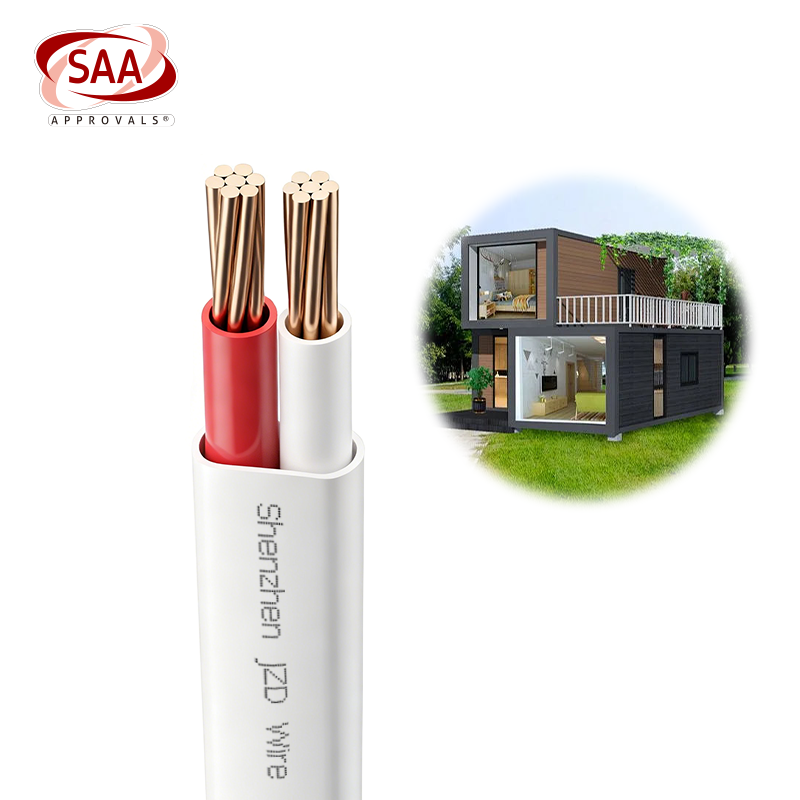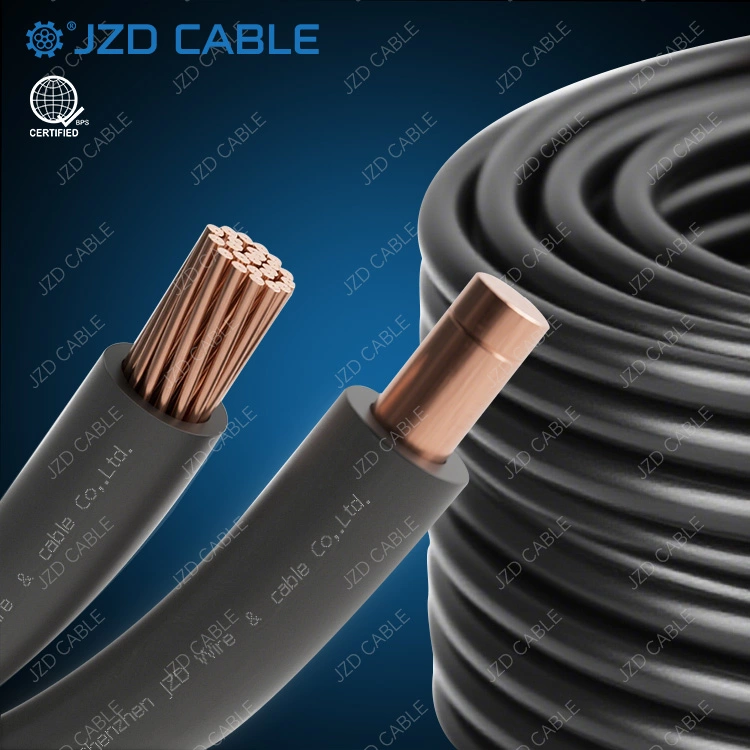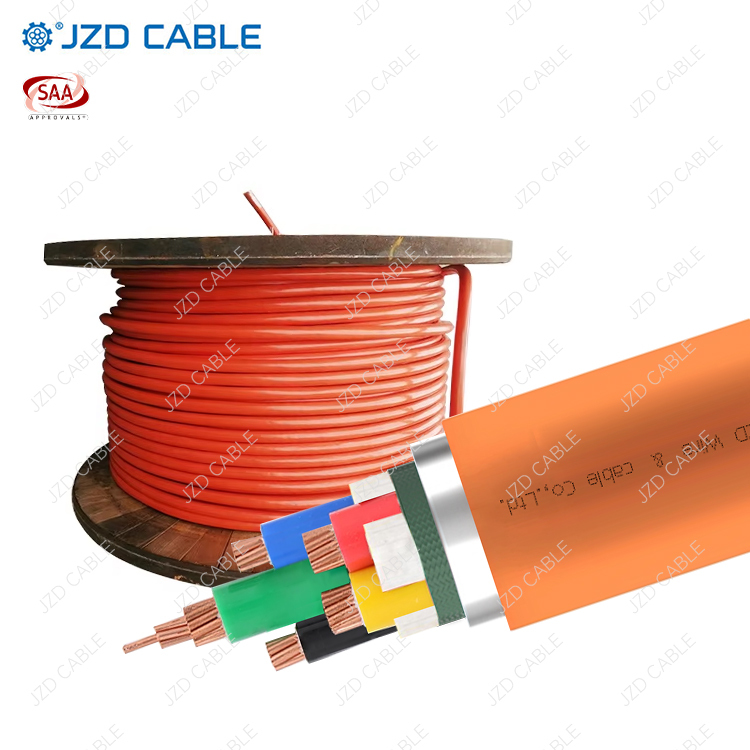Aluminum conductor aerial cables represent a critical component in modern electrical and telecommunication infrastructure, particularly for overhead installations. These cables are engineered with high-purity aluminum strands, offering an optimal balance between conductivity, mechanical strength, and environmental adaptability. Typically constructed with reinforced cores such as ACSR (Aluminum Conductor Steel Reinforced) or AAC (All Aluminum Conductor), these cables are designed to withstand substantial mechanical loads, including wind, ice, and temperature fluctuations, while maintaining stable electrical performance.
In terms of application, aluminum aerial cables are extensively utilized in medium- and high-voltage power transmission networks. They serve as backbone conductors for distributing electricity across urban and rural landscapes, connecting substations to end-users efficiently. Due to their lightweight and flexibility, they are also widely deployed in telecommunications, railway electrification, and renewable energy projects such as solar and wind farms. In remote or geographically challenging terrains, aluminum aerial cables provide a reliable means of delivering power and data without the need for extensive underground cabling, which can be cost-prohibitive and logistically complex.

One of the most significant advantages of aluminum conductor aerial cables lies in their material properties. Aluminum boasts approximately 61% of the conductivity of copper while being nearly 70% lighter. This weight reduction simplifies installation, reduces the load on support structures like poles and towers, and lowers both transportation and labor costs. Moreover, aluminum naturally forms a protective oxide layer when exposed to air, granting it superior corrosion resistance—a crucial feature for cables installed in coastal or industrial areas where environmental factors could accelerate degradation.
Economically, aluminum is more abundant and less expensive than copper, making it an ideal choice for large-scale projects requiring extended cable runs. When combined with modern manufacturing techniques, such as stranded construction and protective coatings, aluminum aerial cables deliver long-term reliability and minimal maintenance needs. They comply with international standards, including IEC and SAA, ensuring safety and interoperability in global applications.

In summary, aluminum conductor aerial cables offer a versatile, durable, and cost-effective solution for overhead power and signal transmission. Their adaptability to diverse environments, combined with excellent electrical and mechanical properties, makes them a cornerstone of contemporary infrastructure development.
For professional-grade aluminum conductor aerial cables tailored to your project requirements, visit jzdcable.com for detailed specifications and support.








